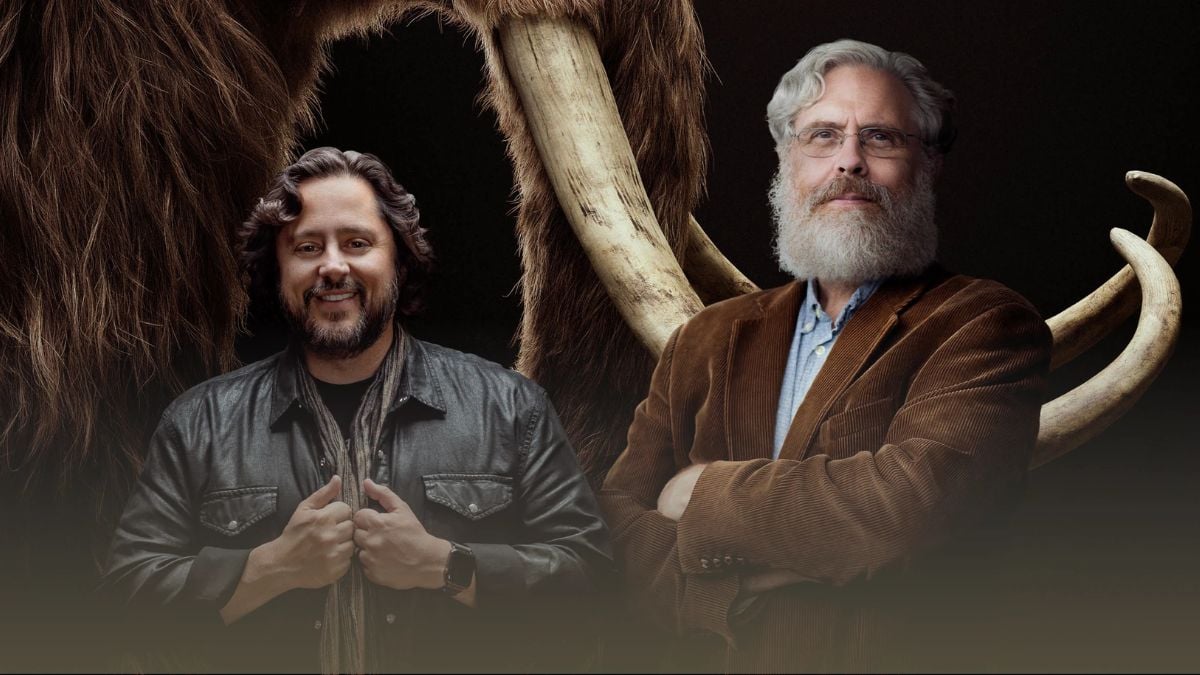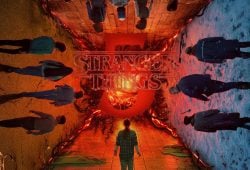
Recently, Colossal Biosciences, a genetics and biosciences company, announced the birth of three dire wolves, a species that went extinct nearly 13,000 years ago, marking a significant advancement in science. Here’s a look at who owns the company, how they managed to bring this animal back, and what the next species they will revive is.
What is Colossal Biosciences?
Founded in 2021, Colossal Biosciences is a U.S.-based biotechnology and genetic engineering company focused on creating innovative technologies to revive extinct species, protect those at risk of extinction, and restore ecosystems essential for the balance of life on the planet.
Who owns Colossal Biosciences?
The company was established by Harvard geneticist Dr. George Church and entrepreneur Ben Lamm.
ALSO READ Will Costco open for Easter? Here’s what we know
How much is Colossal Biosciences worth?
Currently, the genetics and biosciences company is valued at approximately $10.2 million.
Which celebrity investors are involved in Colossal Biosciences?
The project by George Church and Ben Lamm has attracted the attention of several famous individuals, who decided to invest millions of dollars in developing technology to bring extinct species back to life. Some of the main investors include:
- Film director Peter Jackson
- Athlete Tom Brady
- Sportsman Tiger Woods
- Heiress Paris Hilton
- Actor Chris Hemsworth
- Tech mogul Thomas Tull
- Investment firm Winklevoss Capital Management
Is Colossal Biosciences publicly traded?
No, Colossal Biosciences is a private company and is not listed on stock markets.
What is the dire wolf?
The dire wolf, often referred to as the giant wolf, was a remarkable species of canid that resembled the modern gray wolf. This formidable carnivore was one of the most common in the Americas during the Late Pleistocene, a period that spanned from approximately 126,000 to 12,000 years ago.
ALSO READ Ben & Jerry’s Free Cone Day: What time does the promotion end?
How was the dire wolf revived?
The process of reviving the dire wolf involved genetically modifying the gray wolf, its closest relative, to replicate the characteristics of this prehistoric canine. Researchers used DNA extracted from fossils up to 72,000 years old to make genetic alterations to 14 genes.
The goal was to create an animal with physical attributes similar to the original dire wolf, which was significantly larger and had a stronger jaw than modern wolves.
This procedure resulted in the birth of three wolf pups: Romulus, Remus, and Khaleesi. While the birth of these specimens was achieved, it cannot be considered that the resurrected wolf is a true representative of the original species.
SOUND ON. You’re hearing the first howl of a dire wolf in over 10,000 years. Meet Romulus and Remus—the world’s first de-extinct animals, born on October 1, 2024.
The dire wolf has been extinct for over 10,000 years. These two wolves were brought back from extinction using… pic.twitter.com/wY4rdOVFRH
— Colossal Biosciences® (@colossal) April 7, 2025
Why did the dire wolf go extinct?
The extinction of the dire wolf occurred during the Quaternary extinction event. This species went extinct along with several others, including the megaherbivores. It is believed that the causes of extinction may have been competition with other species, climate change, or a combination of both.
What will be the next species Colossal Biosciences revives?
The de-extinction of the dire wolf is not the only project of the bioscience company. It has an ambitious plan that includes bringing back to life other animals that went extinct millions of years ago, which could be walking the Earth again in the coming years. The animals that could “revive” include:
- Woolly mammoth
- Dodo
- Tasmanian tiger








